Love of nature for 125 years
This year, Mont-Tremblant National Park celebrates its 125th birthday, which makes it the most senior member of Québec’s society for outdoor institutions, the Société des établissements de plein air du Québec (Sépaq). Founded on January 12, 1895, under the name Parc de la Montagne-Tremblant, this park was 60 square kilometres in size at the time.
Today the park, under its newer name, covers protected land 1,510 sq. km in size, which puts it among the largest of Québec’s national parks after those of Nunavut. In it there are 400 lakes and streams, 40 species of mammals and six rivers, including the famous Rivière du Diable.
To celebrate its 125th birthday, the parc national du Mont-Tremblant is organizing themed activities throughout 2020. During the summer, the history of the national park will be told on new interpretation panels and during interpretive talks hosted by naturalists.
In the fall, a new, exclusive activity of “Safari loups” – Wolf Safaris – will permit participants to discover the reverse side of the surroundings in this territory where wolves live and breed. Other special activities in collaboration with regional municipalities and partners will be announced during the year, such as contests and items bearing the image of the 125th birthday.
A bit of history

Before being designated a national park, this territory was used by the Algonquians, who named the tallest mountain “Manitonga Soutana”, the mountain of the spirits.
In the 1930s, several hunting and fishing clubs appreciated the pure water and abundant wildlife in the parc national du Mont-Tremblant.The first official campground, on Lac-Chat, was laid out in 1958.
The forest industry was allowed to carry out its activities here until 1981, before conservation standards reined it in. Nowadays, the major attractions are outdoor activities: canoeing, hiking, swimming, camping, cross-country skiing, snowshoeing and more.
Modern times have seen new sports equipment added, such as fat bikes in winter and stand up paddleboards (SUP) in summer.
Technology serving nature
This natural environment, which serves as an educational platform for teaching environmental sensitivity, continues to innovate and modernize. The Discovery Centre, for example, whose architectural concept demonstrates sustainable development, provides visitors with the use of Wi-Fi and recharging stations for web-enabled devices.
Some trails are equipped with a guided audio visit through the Internet. Activities rooted in history, such as the canoeing, kayaking and fishing, are still practiced, although the equipment is also increasingly technical.
Whether visitors choose to camp in rustic style or on a comfortable “ready-to-camp” site, the first objective is achieved: to get people in contact with nature so they love and protect it.
More from this author by clicking on her picture below.


Geneviève Huchette97 Posts
Geneviève Huchette a étudié en agronomie et en marketing. Elle aime se servir de sa plume pour faire rayonner les entreprises locales et les initiatives environnementales. Établie à Mont-Tremblant depuis une quinzaine d'années, elle ne cesse d'en découvrir les beautés. Genevieve Huchette completed her bachelor degree in Agricultural and Environmental Sciences at McGill University. With her recent studies in Marketing, she wishes to use her writing skills to promote local initiatives, especially if they are environmentally friendly.
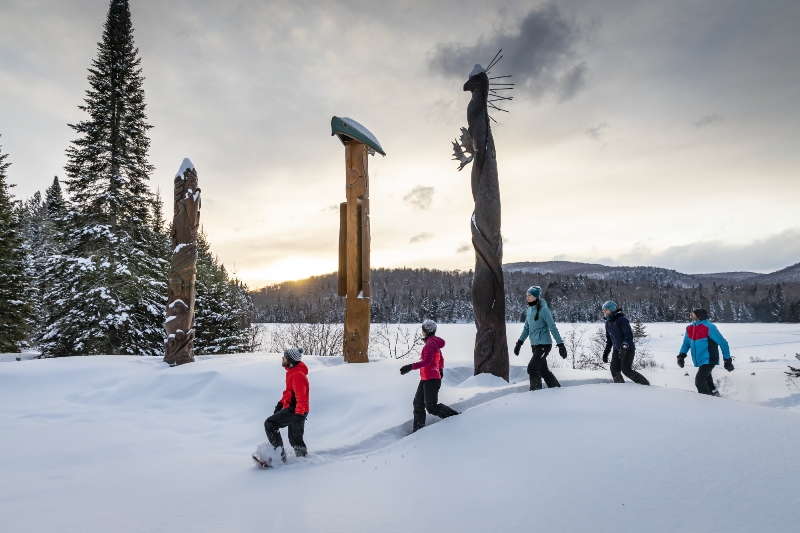



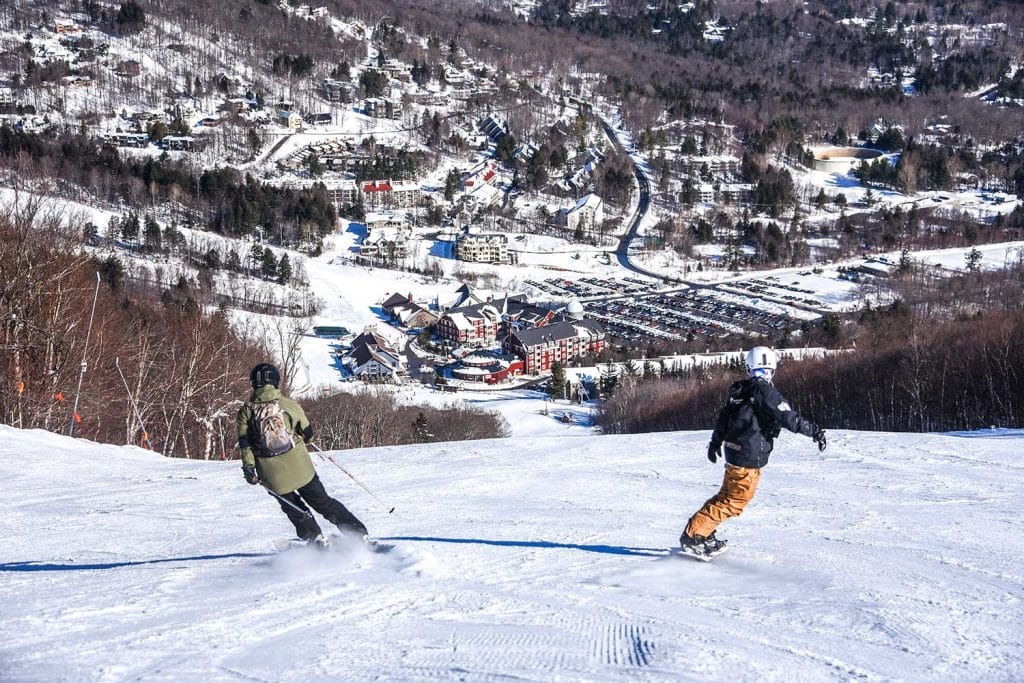
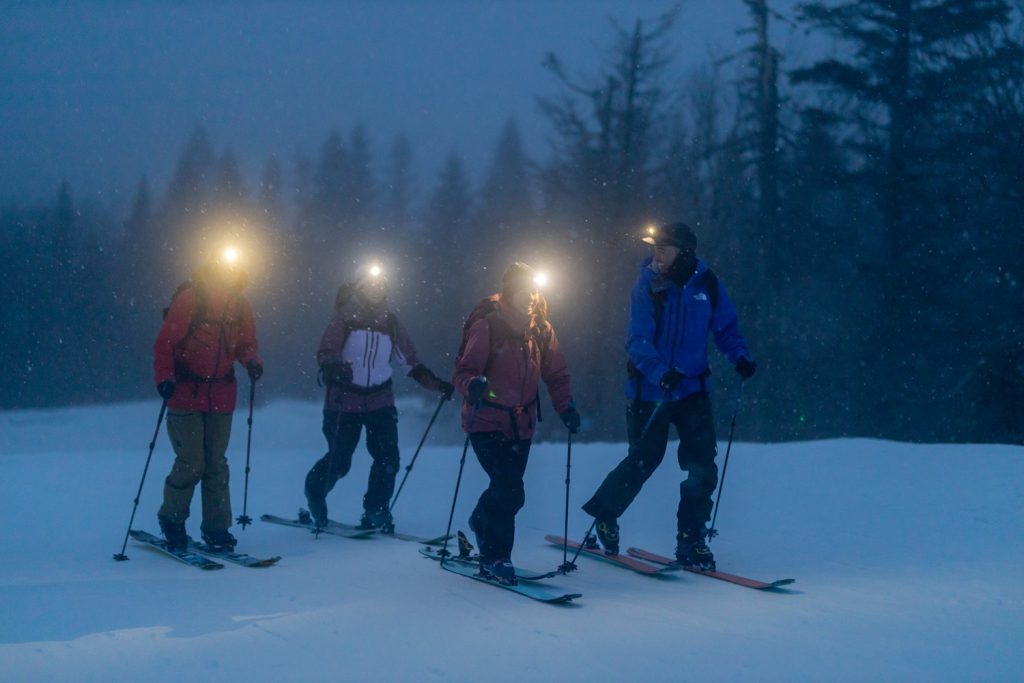
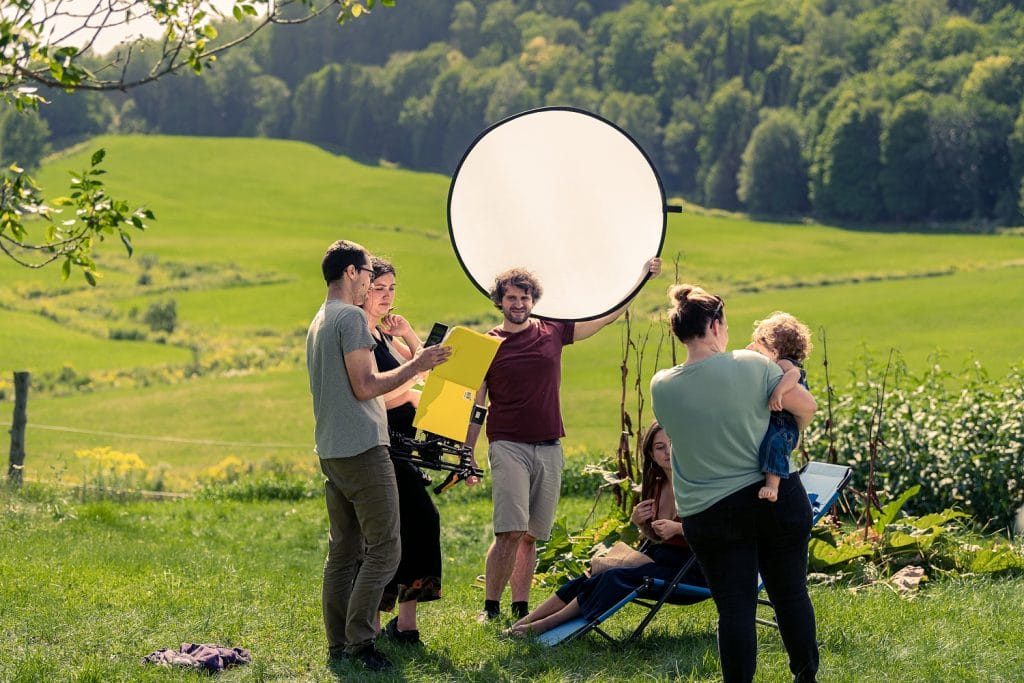


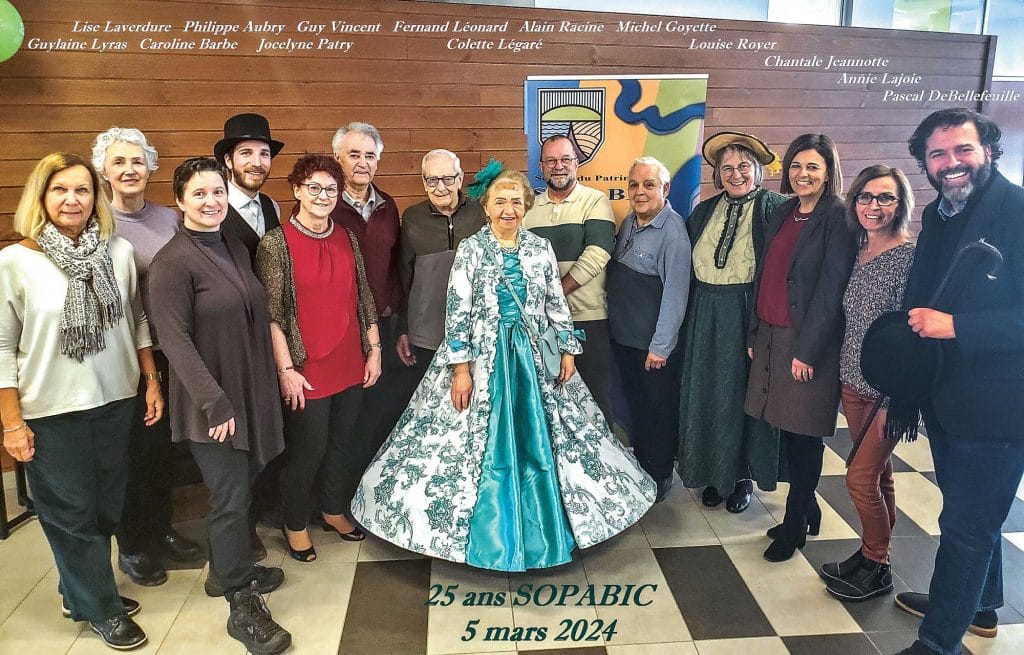


0 Comments